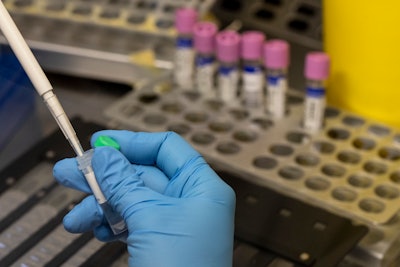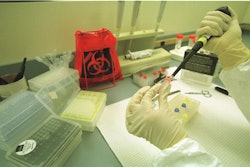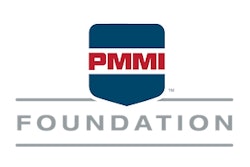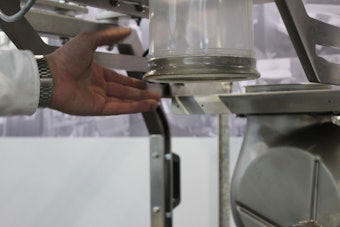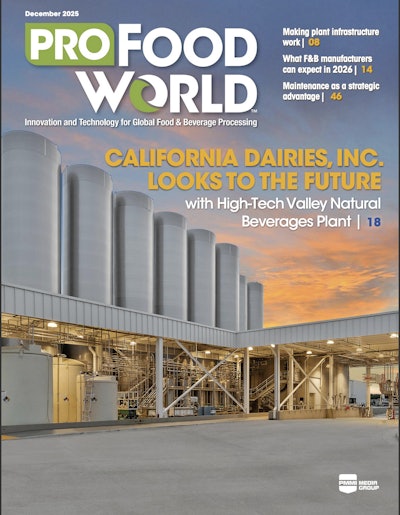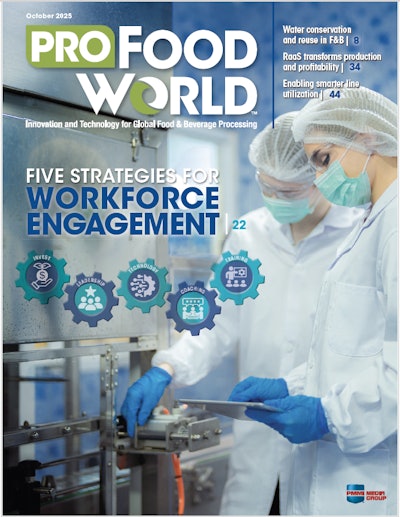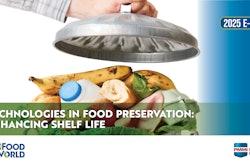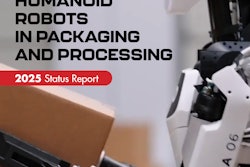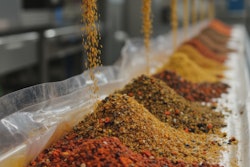A study from Microbiology Spectrum demonstrates the capability of a streamlined workflow to detect low-level presence of Listeria monocytogenes in food samples within 8 hours, according to a news release from the American Society of Microbiology.
“Using the current laboratory methods, it takes 24 to 72 hours to identify food samples contaminated with a low level of Listeria monocytogenes (L. monocytogenes),” says lead study author Min Lin, Ph.D., a research scientist with the Canadian Food Inspection Agency. “We conducted this study to develop a streamlined sample-to-answer procedure to shorten the detection of L. monocytogenes in food samples.”
Listeria monocytogenes is a rod-shaped Gram-positive bacterium widely distributed in nature that can contaminate foods and has a high mortality rate of 20-30%. Rapid and reliable identification of Listeria-contaminated foods and food processing environments is a crucial step to implement effective intervention strategies to ensure food safety and limit the transmission of foodborne pathogens to humans.
In the new study, researchers designed a sample-to-answer detection workflow by integrating various methods such as culture enrichment, filtration-based sample preprocessing, magnetic separation of target bacteria and real-time polymerase chain reaction into the detection workflow, the Society explains.
Researchers evaluated the workflow using ground beef samples artificially contaminated with one to five cells of L. monocytogenes in 25-gram analytical units. The workflow allowed the detection of L. monocytogenes within 8 hours in a 25-gram sample unit containing a cell count as low as two L. monocytogenes cells.
“Once the streamlined procedure is evaluated thoroughly and implemented in food microbiology testing laboratories, it will significantly reduce the turnaround time for L. monocytogenes testing in food samples,” lead study author Lin states. “Future research will focus on evaluation of the described workflow for the detection of various L. monocytogenes strains in various food matrices, especially in naturally contaminated foods.”
Lin says the study will hopefully stimulate the development of a fully automated system that can complete all the steps in the workflow with little manual operation.
